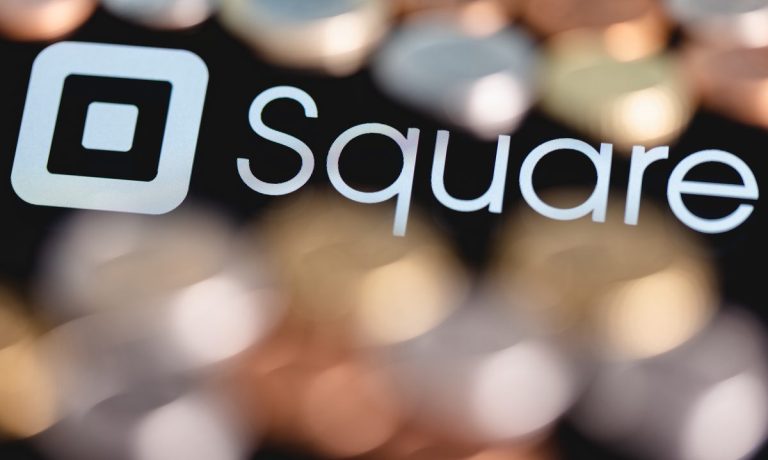Square, Ally, Partner to Offer Streamlined Transactions

Software-as-a-Service (SaaS) platform Ally is collaborating with payments company Square to provide clients with streamlined transactions and deliveries.
“Through this partnership, Ally and Square will offer restaurant, retail, and eCommerce businesses a fully integrated suite of tools designed to maximize profits, reduce costs, and streamline deliveries to loyal customers,” Ally said in a news release Tuesday (Jan. 18).
Ally says its platform — used by more than 500 brands — focuses on solving issues facing restaurant and retail businesses, giving them the software tools they need to “increase revenue, drive down costs, and build lasting relationships with customers.”
The company has a network of more than 90,000 drivers, working for businesses that include retailers, pharmacies and fast-food chains.
Square’s point-of-sale system helps sellers manage inventory, employees and locations while also engaging with customers and boosting sales.
“Through the integration with Square, Ally customers can use Square’s payment processing tools and other features, such as payroll and customer loyalty programs, for a cohesive ordering and fulfillment platform,” Ally said.
“This powerful integration ensures that restaurants and retail stores can use their existing equipment and scale operations to meet industry and customer demands.”
Read more: Square Adds On-Demand Delivery in Canada
The news comes just days after Square announced it had launched delivery for Square Online orders in Canada through DoorDash Drive, DoorDash’s white-label fulfillment platform. With this move, Canada came the first international market to offer on-demand delivery after Square launched the service in the United States in 2020.
In November, Square unveiled its Square Photo Studio app, which lets online sellers take high-quality photos of their products using their mobile devices before syncing them to a Square item catalog or online store.
Photos are an important factor for selling on Square. Merchants say 94% of their first orders on the platform included product images, while just 11% sold for the first time without an image.